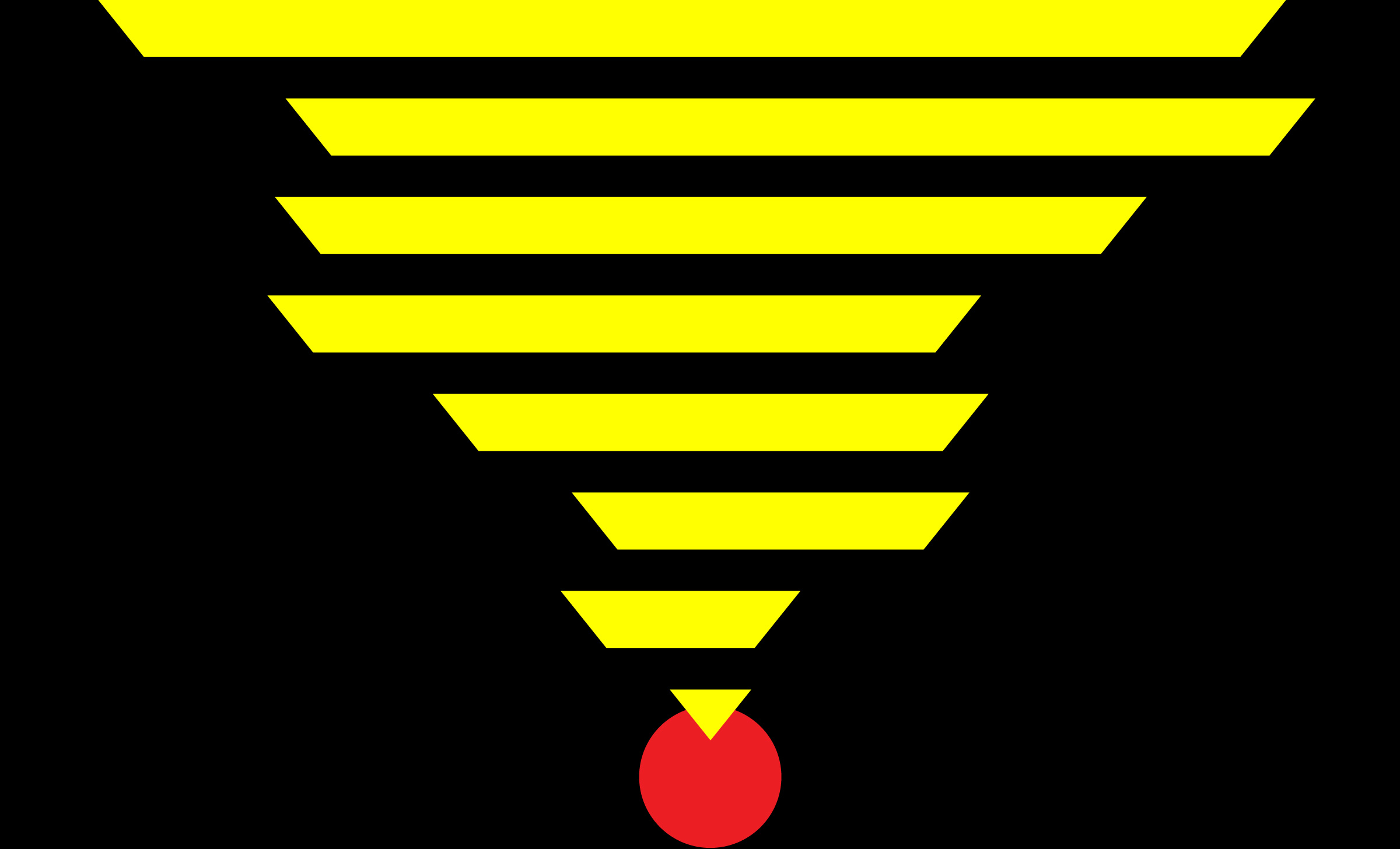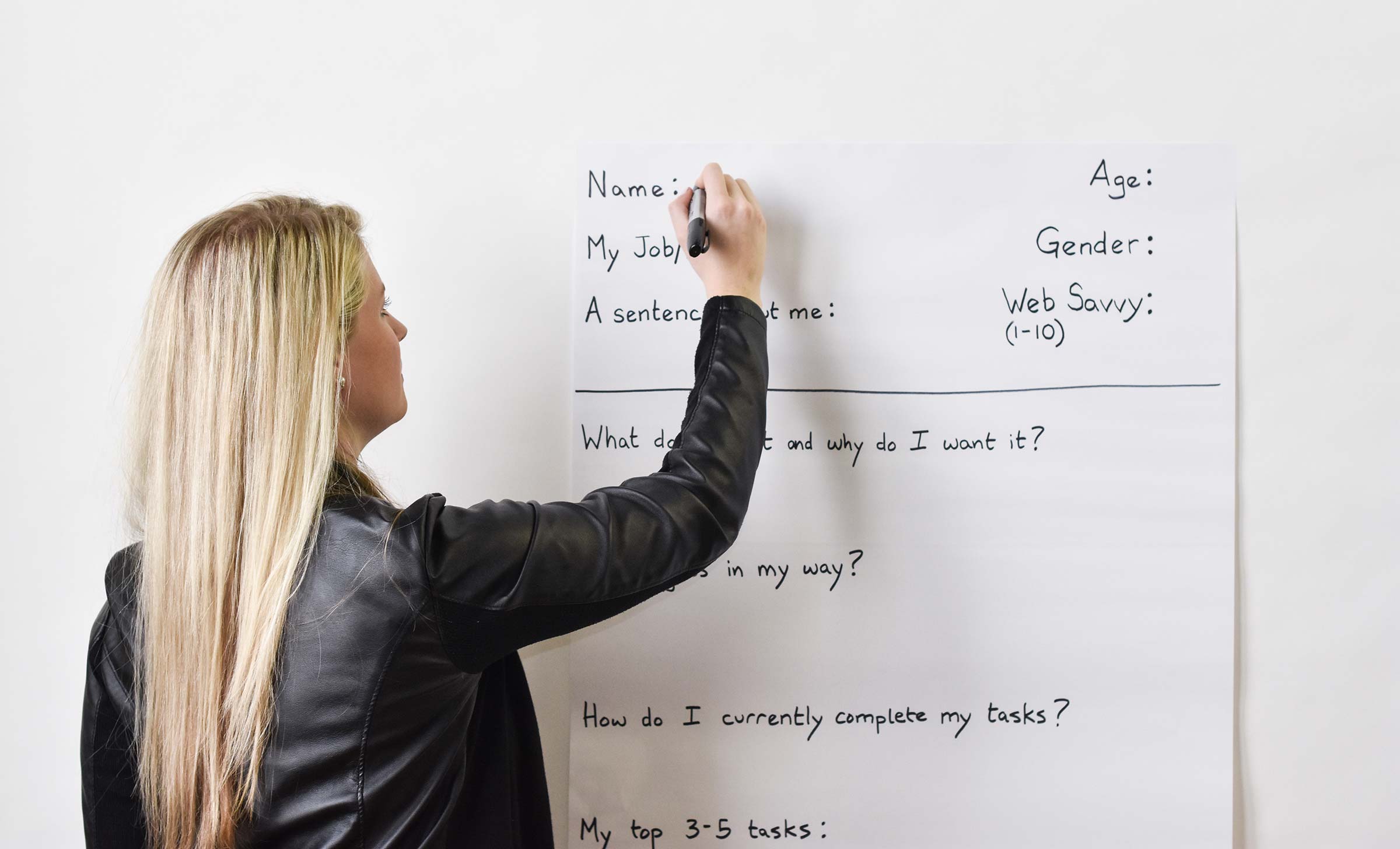Successful Digital Products Start with Discovery
5 min read
You’ve decided to create a digital product. You have a great idea and business case for your new site, app, or software suite. It’s tempting to dive right in—you’re ready to get started! You look over your marketing analysis, set out a few technical requirements, and get someone from marketing to mock up how it will look. You’re almost ready to build the thing. Most teams go into development just like this. But there’s a big problem with this approach. You’ve skipped the crucial first step in creating a successful digital product: Determining the problem that needs to be solved.
The Solution Can’t Come First
If you decided to go into space and set off in the rocket the very next day with just a star map and a radio, you might have a fantastic and impressive intergalactic adventure. But it’s very unlikely you would accomplish anything, or even ever return home. How could you? You never defined a mission, let alone what it would take to complete it and get back to Earth. The same is true for digital product creators who skip the Discovery phase.
Identify the problem(s).
The first step in creating a successful site, app, or software suite for other people, is to come to terms with the fact that you don’t know your users’ problems. This is crucial. You know what you want them to do, but that’s not the same as understanding their tasks and issues. You don’t know what they need from you. For that, you need Discovery.
Discovery Before Strategy
For any truly successful digital product that improves business and reaches project goals, Discovery comes before anything else. Do not make any decisions about how your site, app, or software will look, what functionality it will support, or anything else until Discovery is complete.
Don’t guess, do your research.
Discovery is where you conduct your fact finding, information gathering, and research doing. It’s where you find out what users really need from your digital product and realize your assumptions about what the thing should look like and how it should act were totally wrong. Don’t assume you know anything about what your digital product should do or how it should do it before you understand what your users need and why they need it. Your assumptions are really nothing more than guesses and almost 100% of the time they will be wrong.
By the way, this goes for any help you bring in as well. If a consulting firm gives you design, structure, or any other strategic recommendations before Discovery, they’re just guessing at your users’ problems and solutions, hoping it will work out. It won’t, and you’ll end up wasting time and money on a solution that doesn’t address the real issues.
Discovery Leads to Success
We won’t lie—Discovery is a time-intensive, thorough, painstaking process. It has to be. It’s the only way you’ll know the strategic direction your site, app, or software suite should take. It’s the only way you’ll know what your users need on all fronts: functionality, structure, content, and design. It’s the only way to make a digital product that solves the business problems it exists to solve in the first place.
Discovery will happen either way.
If you don’t set out to conduct an intentional, informative Discovery, it doesn’t mean Discovery won’t ever happen. It will happen on its own—you’ll learn things about your users, technical needs, timeline, and every other aspect of your project. But you’ll learn them in a haphazard, undocumented way, and you’ll often learn about them too late to do anything about it. It’s a very risky and costly way to run a project.
Discovery reduces risk.
Going through a proper Discovery will lessen risk in all areas of your project: budget, timeline, requirements, meeting user needs, the list goes on. It will also bring a definition and clarity to your project that will help you stay on track strategically and create helpful and thorough requirements for your developers. When you complete Discovery, you’ll be able to see what the path forward must be and you’ll have specific user data to use against any unwanted meddling and opinionated stakeholders.
Deciding to Start with Discovery
The first step to conducting a successful Discovery is to decide to do it. You’ll need to set aside the time, resources, and planning to get it done. You’ll need to ask for stakeholders’ time and coordinate getting users together for user exercises. That all takes intention and a commitment to doing it right. But, believe it, the extra time and effort will spell out increased success for your project in the end.
As you start your Discovery, you’re going to do four things:
- Talk to real users and get data from them through user research exercises.
- Take stock of what you have and what you need.
- Study the competition. (It’s amazing how many teams skip this step.)
- Identify and clarify your business goals.
Once you complete these things, then and only then will you be ready to talk strategy—what the product should look like, how it should function, what information it should give users. Only then are you ready to move forward creating and developing your digital product.





